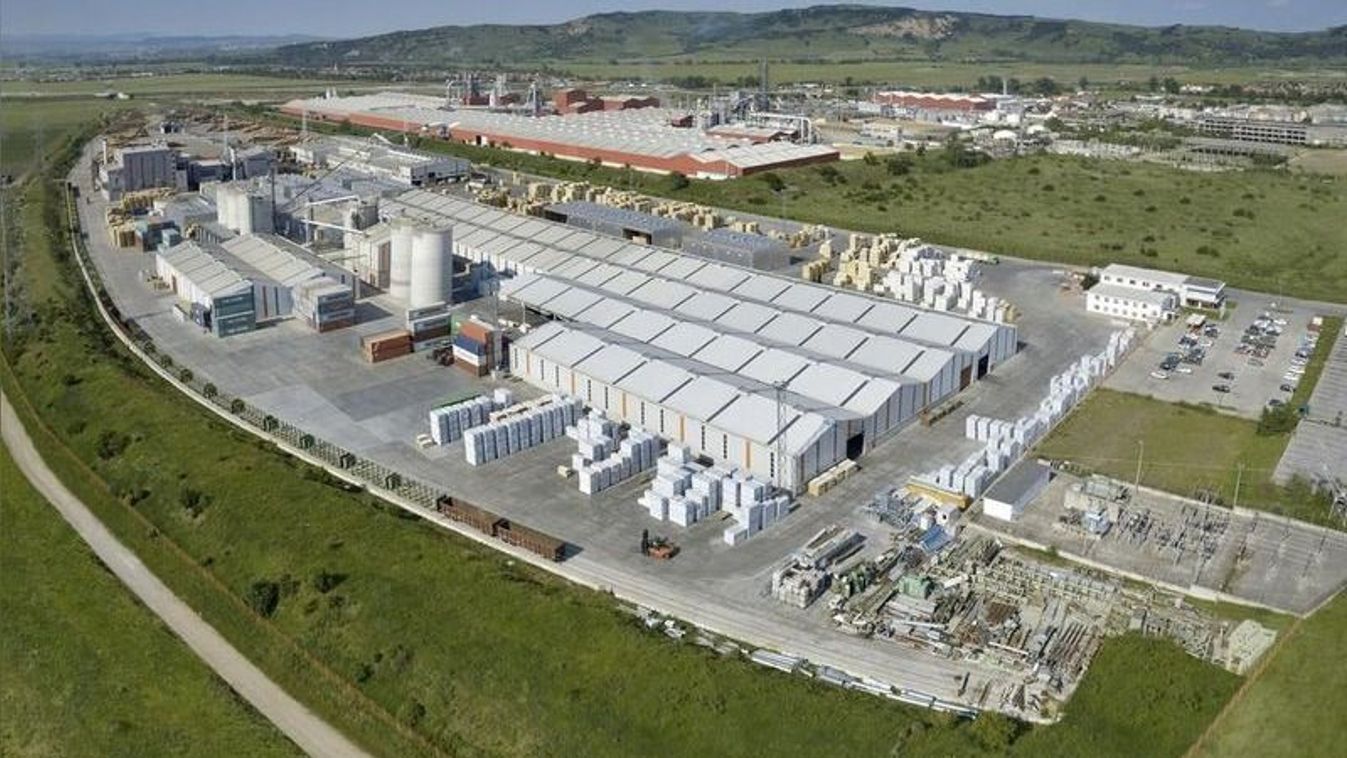késleltetett adatok
Should China be “Contained”?
Today, the Soviet Union has vanished, and Chinese power is growing. Some Americans argue that China’s rise cannot be peaceful, and that the US, therefore, should now adopt a policy of containing the People’s Republic. Indeed, many Chinese officials perceive that to be the current American strategy. They are wrong.
After all, Cold War containment of the USSR meant virtually no trade and little social contact. Today, by contrast, the US not only has massive trade with China, but also extensive social contact, including 125,000 Chinese students attending American universities.
With the end of the Cold War, the containment of the Soviet Union ushered in by Kissinger’s visit could no longer serve as the basis for US-China relations. Moreover, relations with China cooled after the Tiananmen Square shootings in 1989, and the Clinton administration had to devise a new approach.
When I was supervising the Pentagon’s East Asia Strategy Review in 1994, we rejected the idea of containment of China for two reasons. If we treated China as an enemy, we were guaranteeing an enemy in the future. If we treated China as a friend, we could not guarantee friendship, but we could at least keep open the possibility of more benign outcomes.
In addition, it would have been difficult to persuade other countries to join a coalition to contain China unless China resorted to bullying tactics, as the Soviets did after World War II. Only China, by its behavior, could organize the containment of China by others.
Instead of containment, the strategy that the Clinton administration devised could be termed “integrate but hedge” – something like Ronald Reagan’s “trust but verify” approach to strategic agreements with the Soviets. On one hand, the US supported China’s membership in the World Trade Organization and accepted Chinese goods and visitors. On the other hand, the Clinton-Hashimoto Declaration of April 1996 affirmed that the US-Japan security treaty, rather than being a Cold War relic, would provide the basis for a stable and prosperous East Asia.
Clinton also began to improve relations with India, a strategy that has enjoyed bipartisan support in the US. The Bush administration continued to improve bilateral relations, while deepening and formalizing the economic dialogue with China. Then Deputy Secretary of State Robert Zoellick made clear that the US would accept the rise of China as a “responsible stakeholder.” That policy continues to guide the Obama administration, which has broadened the annual economic consultations with China to include security issues.
As I argue in my new book The Future of Power, one of the major power shifts of the twenty-first century is Asia revival. In 1800, Asia represented half the world’s population and half the world’s economy. By 1900, the industrial revolution in Europe and North America drove down Asia’s share of global output to 20%. By the middle of this century, Asia should again represent half the world’s population and GDP.
This is a natural and welcome evolution, as it enables hundreds of millions of people to escape from poverty. At the same time, however, it has given rise to fears that China will become a threat to the US.
Such fears appear exaggerated, particularly when one considers that Asia is not one entity. It has its own internal balance of power. Japan, India, Vietnam, and other countries do not want to be dominated by China, and thus welcome a US presence in the region. Unless China develops its “soft power,” the rise in its military and economic power is likely to frighten its neighbors into seeking coalitions to balance its rise. It is as if Mexico and Canada sought an alliance with China to balance US power in North America.
After the 2008-2009 financial crisis, as China recovered rapidly and resumed 10% annual economic growth, some Chinese officials and commentators urged a more assertive foreign policy to reflect China’s new strength. Many mistakenly believed that the US was in decline, and that the crisis presented new strategic opportunities for China.
For example, China began pressing territorial claims in the South China Sea, as well as escalating a longstanding border dispute with India. The net result is that over the past two years, China has worsened its relations with Japan, India, South Korea, Vietnam, and others – quite a remarkable record that confirms the US strategic premise that “only China can contain China.”
But it would be a mistake to focus only on the hedging part of American strategy. The US and China (as well as other countries) have much to gain from collaborating on transnational issues. One cannot devise and implement solutions to global financial stability, climate change, cyber terrorism, or pandemics without such cooperation.
If power is the ability to obtain the outcomes one wants, it is important to remember that sometimes our power is greater when we act with others rather than merely over others. This important dimension of a “smart power” strategy for the twenty-first century is not captured by the concept of containment. When Kissinger landed in Beijing four decades ago, he ushered in not only a Cold War transformation, but also a new era of US-Chinese engagement.

Portfóliónk minőségi tartalmat jelent minden olvasó számára. Egyedülálló elérést, országos lefedettséget és változatos megjelenési lehetőséget biztosít. Folyamatosan keressük az új irányokat és fejlődési lehetőségeket. Ez jövőnk záloga.






















